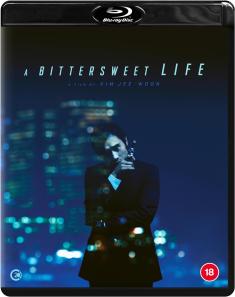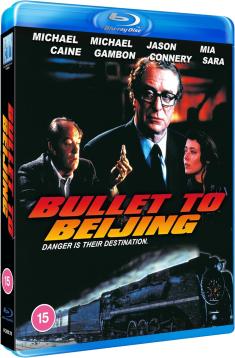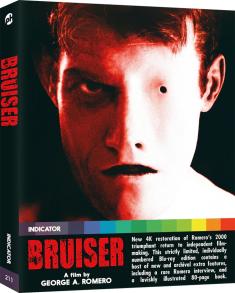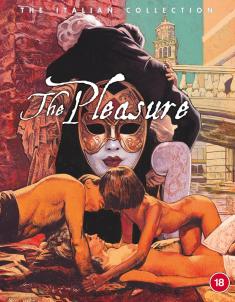Mirror's Edge Catalyst
Overview -
'Mirror’s Edge: Catalyst' was produced by EA DICE (formerly Digital Illusions), a Swedish studio that also works on the 'Battlefield' and 'Star Wars Battlefront' properties. The first 'Mirror’s Edge' was released in 2008 and its parkour-flavored gameplay developed a strong following.
Video Review

Textures and overall performance have been cleaned up from the beta, but there are still issues with draw-in and geometry, not to mention the character animations that we previously discussed. (No doubt, the resolution has been sacrificed in order to help the framerate.) The game in general would lose almost nothing in quality from simply removing all cops and combat scenes, to be honest. The cityscape of Glass is stark, almost glaring in its color and presentation, fitting for a dystopian government attempting to create a utopia.
Audio Review
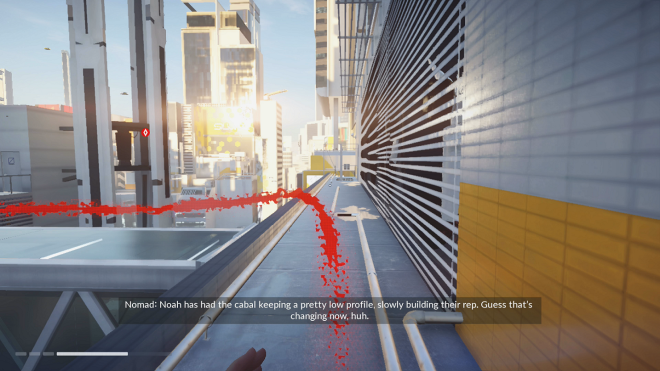
The sound effects are simultaneously modest and excellent, consisting primarily of footsteps, the slap of Faith’s palms against surfaces, and the squeaking of her shoes. The ambient-themed score, again composed by prolific electronica artist Magnus Birgersson, deftly accompanies Faith through this sterile and futuristic landscape, quietly lending a soothing aspect without overdoing itself.
Final Thoughts
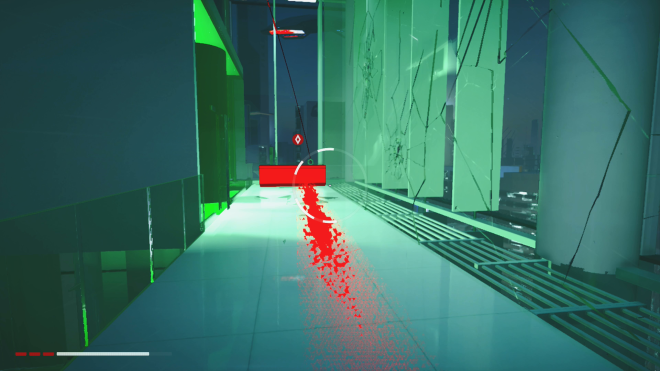
The first 'Mirror’s Edge' was a surprising risk with interesting gameplay that developed a niche audience, and its follow-up tries, mostly successfully, to recapture that same effect. There are stumbles with its open world, combat, and narrative, but Faith's freerunning world persists. Chasing after every red zipline, railing, and air duct is still fun eight years on.






